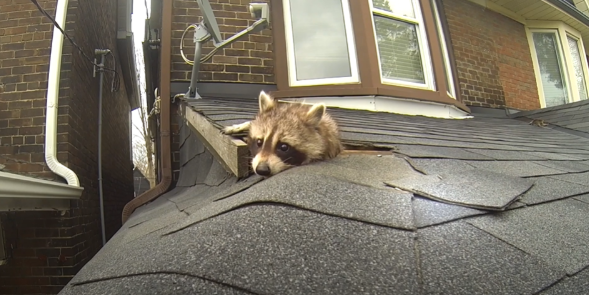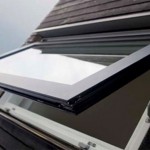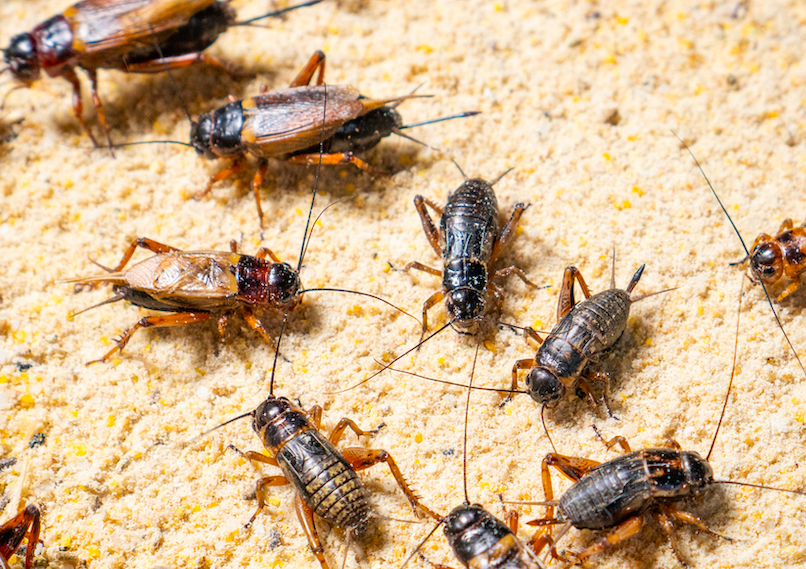Do you hear worrying noises in the attic that keep you up at night? The good news is – it is very unlikely you have a ghost in your house. Bad news? There is a 99% chance that a wild animal decided to become your new roommate. They may look cute and the tales of friendship between humans and wildlife are certainly beautiful, but unfortunately, wild animals can cause a lot of damage to our homes. In this article, we present a few steps you can take to keep wild animals out of your attic.
Eliminate entry points
This is something you should think of in the first place. Wild animals, such as raccoons, find their way into your attic through small holes or man-made openings like chimneys or vents. You should regularly inspect the exterior of your home and look for weak spots that need to be fixed immediately. Raccoons and other animals can easily use a small hole as a starting point and then rip it to enter the attic. You should also use covers for vents to ensure that no wildlife can get through them.
Cut nearby trees
Another way of preventing animals from getting into your attic is by making sure there are no trees close to your house and that no branches hang over your roof. Wildlife like squirrels or raccoons, who are strong climbers, will easily access the rooftop if there is a tree nearby or long hanging branches. Getting the branches trimmed on a regular basis is the best way of keeping your attic safe and without unwelcomed guests. If you are interested in whether you can eat squirrels you can read more about it here.
Keep it tidy
This rule applies in every scenario where we try to keep wildlife out of our property – whether it is our basement, attic, or garden. Cleaning up debris and clutter is equal to getting read of supplies that wild animals need to create nests and hiding spots. If you store your pets’ food in your attic, make sure to keep it in chew-proof containers – otherwise it is an ideal food source for wildlife such as raccoons, who enjoy eating our pets’ snacks.
Deterrents
Deterrents are considered the first step of humane pest control and they give the pests an opportunity to leave the property on their own. Different substances are effective for different types of animals – for example raccoons cannot stand the scent of cayenne pepper. Once you establish which animal causes the threat and what concoctions you should use, spray it in the attic along windowsills, beams and baseboards, or any other points where you think the wild animals can come through.
Sum Up
We hope that these few steps will help you with keeping your attic clear of wild animals such as raccoons, rodents, and others. Keeping your attic tidy and ensuring there are no entry points are the most important steps of keeping your property safe and free from wildlife.









